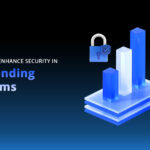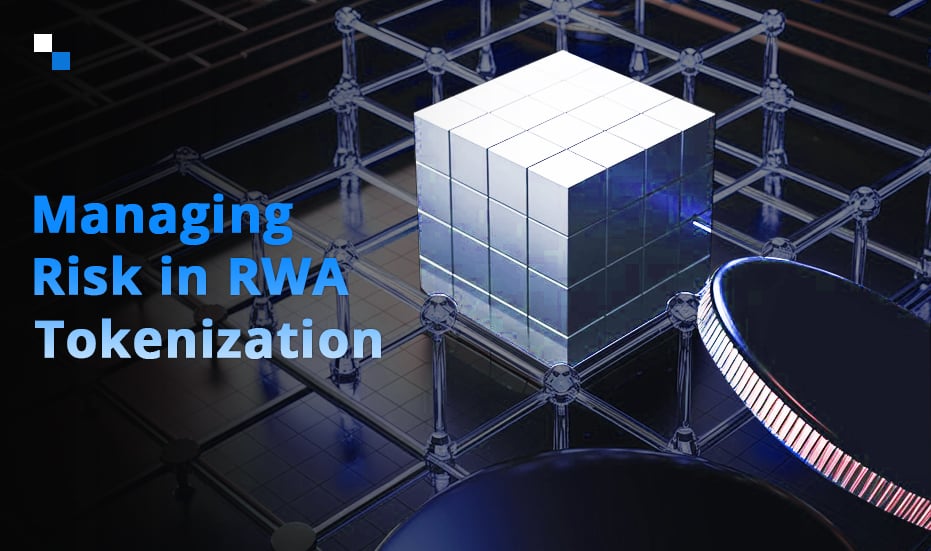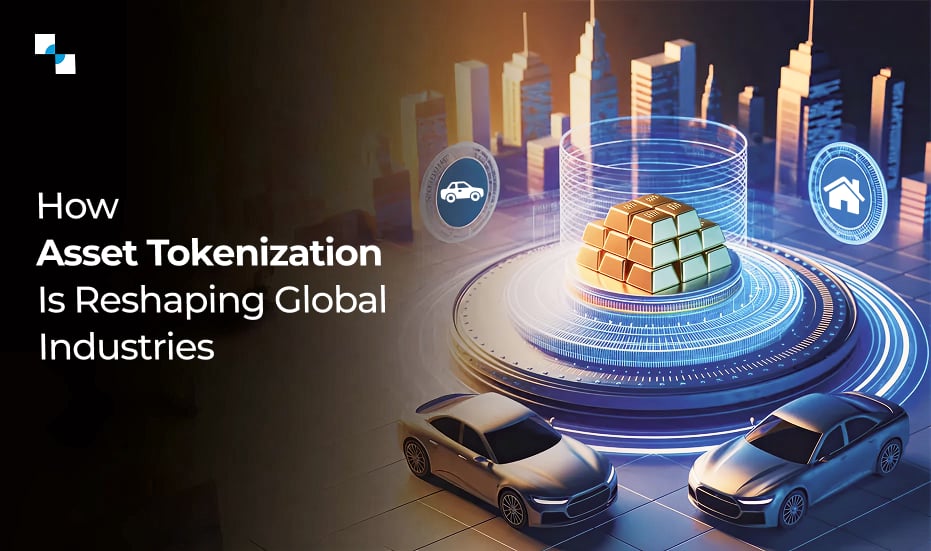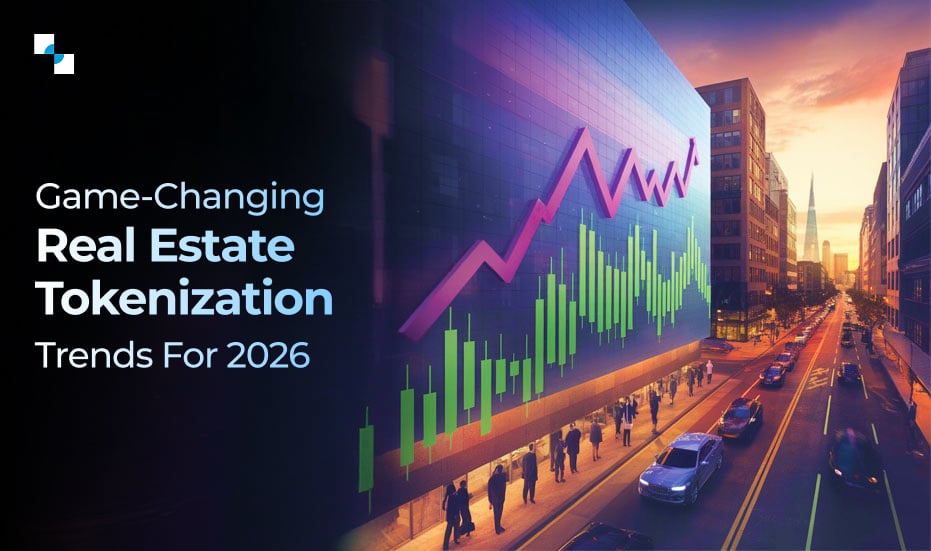Tokenization of Real-World Assets (RWAs) has gained significant traction as blockchain technology continues to revolutionize traditional finance. By transforming physical and financial assets into digital tokens, this innovation allows for fractional ownership, greater liquidity, and enhanced accessibility for a broader investor base. However, like all new technologies, the tokenization of RWAs presents unique challenges, particularly concerning risk management.
Among the most pressing concerns are the volatility risks of tokenized assets and default risks stemming from the underlying assets. These risks, if not properly managed, can undermine the value proposition of tokenization and hinder its mainstream adoption.
In this blog post, we will delve into these two key risks—volatility and default—and explore how effective risk management strategies can mitigate them, ensuring a safer, more stable environment for both issuers and investors in tokenized markets.
Understanding Volatility Risks in Tokenized RWAs
Volatility refers to the fluctuations in the price of an asset over time. In traditional financial markets, volatility is a well-understood risk factor, but its impact on tokenized RWAs can be amplified due to the unique characteristics of blockchain technology, such as:
- Market Liquidity: Tokenized RWAs may lack the deep liquidity pools seen in traditional markets. This can cause significant price swings, especially for less liquid assets such as real estate, fine art, or commodities. A limited number of buyers and sellers can exacerbate these fluctuations, making it harder to accurately price an asset in real-time.
- Blockchain Volatility: The value of the token itself can be impacted by the inherent volatility of the blockchain or cryptocurrency market. For instance, if the underlying blockchain experiences a security breach or a significant drop in user confidence (e.g., a sudden crash in the price of Ether), the tokenized asset could also suffer value loss despite the real-world asset itself being stable.
- External Market Factors: Tokenized RWAs often mirror the fluctuations seen in traditional markets. For example, tokenized real estate will likely reflect changes in the housing market. However, the introduction of blockchain elements can also expose the asset to new market influences such as speculative trading or shifts in blockchain regulatory landscapes.
Risk Mitigation Strategies for Volatility
To address volatility risks, several strategies can be employed:
- Stablecoin Pegging: One approach is to peg tokenized RWAs to a stablecoin (e.g., USDT or USDC). Stablecoins are designed to maintain a stable value against a fiat currency, mitigating price fluctuations caused by the volatility of the tokenized asset or the broader crypto market. While this ensures price stability, it can also limit the asset’s potential for appreciation.
- Dynamic Pricing Mechanisms: Implementing dynamic pricing systems can help adjust the token’s price based on real-time market data, asset performance, and other economic indicators. These mechanisms can reduce extreme price swings by providing a more accurate reflection of the asset’s true value, thus reducing volatility.
- Hedging Instruments: Investors and issuers can use various hedging instruments, such as derivatives (e.g., options, futures), to protect against large price movements. For tokenized RWAs, smart contracts can be programmed to execute automatic trades based on predefined conditions, helping to manage risk efficiently.
- Diversification: One of the fundamental principles in risk management is diversification. Tokenizing a basket of assets rather than a single asset class can reduce exposure to market-specific volatility. For example, a portfolio of tokenized real estate, commodities, and art can help stabilize the overall risk profile of the tokenized asset.
Addressing Default Risks in Tokenized RWAs
Default risk refers to the possibility that the issuer of a tokenized RWA or the underlying asset itself may fail to meet its financial obligations, such as loan repayments or rent payments. In the context of tokenization, this risk is particularly important because token holders typically expect regular returns or cash flows from the underlying asset, such as rental income from real estate or dividends from a business.
Key factors contributing to default risks in tokenized RWAs include:
- Credit Risk: The creditworthiness of the borrower or asset owner behind the tokenized RWA is crucial. If the borrower defaults on their obligation to repay a loan secured by tokenized assets, the value of the tokens could suffer a sharp decline.
- Operational Failures: In some cases, tokenized RWAs may depend on third-party operators to manage the assets (e.g., property management companies for tokenized real estate). Poor management or operational failures can lead to asset depreciation or inability to generate expected income, increasing the risk of default.
- Legal and Compliance Risks: Many tokenized RWAs are subject to local laws, regulations, and legal frameworks that can vary by jurisdiction. Legal disputes, regulatory changes, or non-compliance with applicable rules can expose tokenized assets to legal risks, including default on payments or asset seizure.
- Asset-Backed Defaults: In cases where the RWA is a loan or bond, default may occur if the borrower or issuer fails to repay the debt. This can be especially problematic in tokenized debt instruments where the default risk is distributed across a pool of token holders.
Risk Mitigation Strategies for Default
To effectively manage default risk, several measures can be implemented:
- Due Diligence and Credit Scoring: Similar to traditional finance, rigorous due diligence is crucial before tokenizing an asset. Employing blockchain-based credit scoring systems can help assess the creditworthiness of issuers or borrowers involved in the tokenization process. By integrating decentralized identity (DID) and reputation mechanisms, tokenized RWA platforms can reduce the likelihood of default.
- Collateralization: Many tokenization projects require the underlying asset to be collateralized, meaning that if the issuer defaults, the asset itself is seized and sold to cover the outstanding obligations. This ensures that token holders have a claim to the underlying asset in the event of a default. This mechanism can be built into smart contracts to automate collateral management.
- Insurance Products: To mitigate the financial impact of default, insurance products can be integrated into the tokenization structure. For instance, tokenized real estate platforms could offer insurance policies to protect against tenant defaults or property damage, while tokenized debt instruments could include default insurance that compensates token holders in the event of a borrower’s default.
- Diversification of Underlying Assets: For tokenized debt, pooling different types of loans or debt instruments can reduce the risk of a single default affecting the entire platform. Tokenized real estate platforms can also diversify their portfolios by tokenizing assets in different geographic locations or sectors to spread risk.
- Legal Safeguards and Smart Contracts: Legal frameworks and smart contracts can be designed to automatically enforce asset recovery or penalty clauses in case of default. Smart contracts can define clear guidelines for actions that will be taken in the event of default, such as automatic liquidation or asset redistribution to token holders.

Conclusion
Risk management is critical for the continued success and adoption of RWA tokenization. Volatility and default risks are particularly significant, but they can be mitigated through a combination of technological innovation, rigorous due diligence, and financial instruments. By addressing these risks head-on, the blockchain and tokenization ecosystems can offer a more secure, transparent, and efficient way to unlock the value of real-world assets, benefiting both issuers and investors.
The path forward will likely involve the continued evolution of blockchain technologies, regulatory clarity, and the development of new financial products that further reduce risk exposure. Ultimately, proper risk management will be key to realizing the full potential of tokenized RWAs and integrating them into the global financial system.








